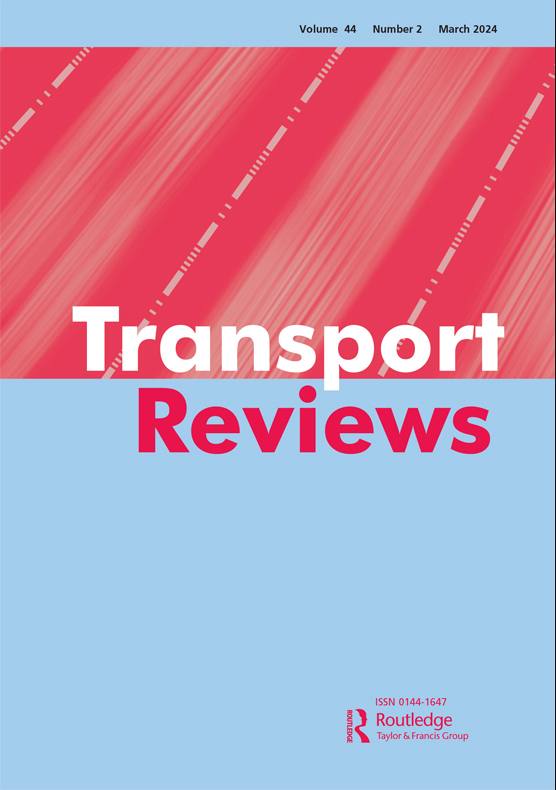Estimation of bicycling volumes is essential for the strategic implementation of infrastructure and related transport elements and policies. Link-level volume estimation models (models that estimate volumes on individual street segments) allow for understanding variation in bicycling volumes across an entire network at higher spatial resolution than area-level models. Such models assist transport planners to efficiently monitor network usage, to identify opportunities to enhance safety and to evaluate the impact of policy and infrastructure interventions. However, given the sparsity and scarcity of bicycling data as compared to its motorised counterparts, link-level bicycling volume estimation literature is relatively limited. This paper conducts a scoping review of link-level bicycling volume estimation methods by implementing systematic search strategies across relevant databases, thereby identifying appropriate studies for the review. The review resulted in some interesting findings. Among all the methods implemented, direct demand modelling was the predominant one. Not a single study implemented multiple modelling approaches in the same study area, thereby not allowing for comparison of these approaches. Most studies were conducted in the United States. It was also observed that there exists a lot of heterogeneity in the reporting of basic study characteristics and validation results, sometimes to the extent of not reporting these at all. The study presents the different types of data used in modelling (count, travel survey, GPS data) along with an array of popular explanatory variables that can inform future studies about data collection and variable selection for modelling. The study discusses the strengths and limitations of different methods and finally presents recommendations for future research.


